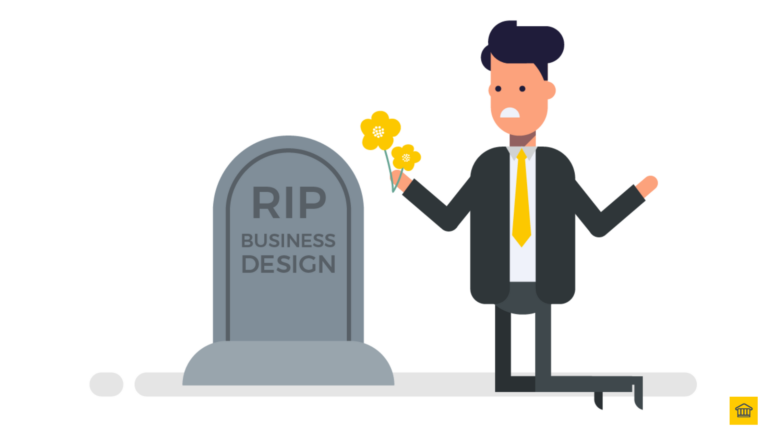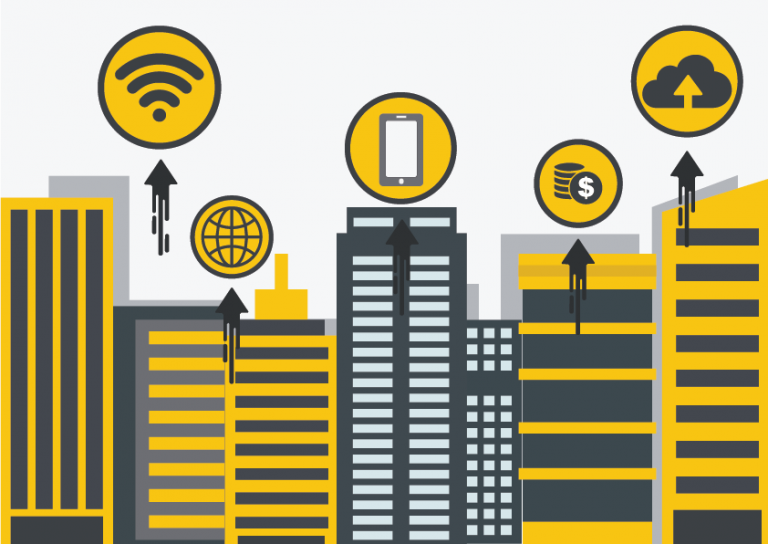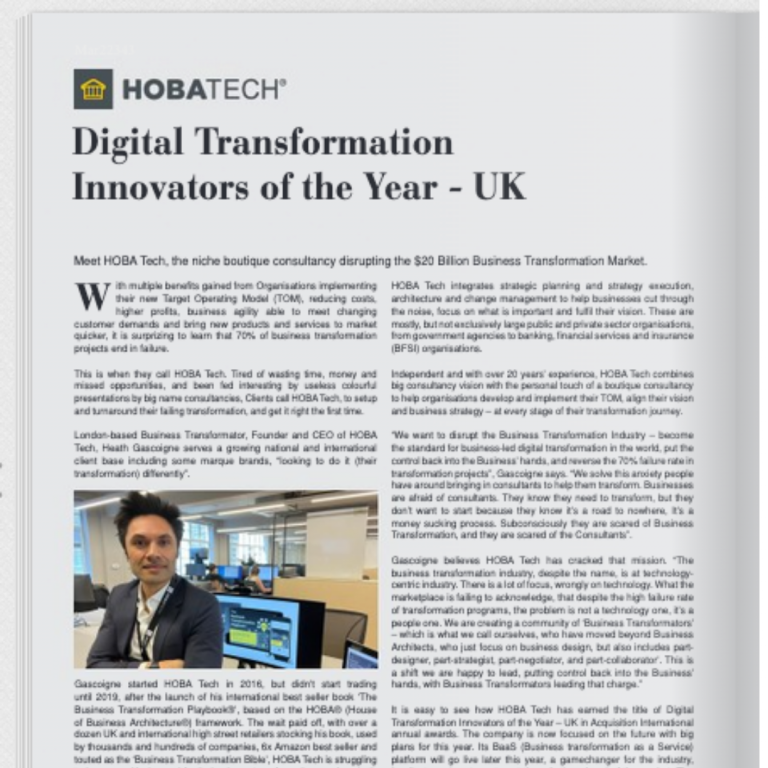In the ever-evolving landscape of business technology, traditional ERP (Enterprise Resource Planning) systems are increasingly seen as relics of the past.
As new, more flexible, and cost-effective tools emerge, businesses are reconsidering their reliance on these cumbersome systems.
This shift is driven by a business-led approach, which prioritizes understanding and addressing business issues before diving into technology solutions.
In this post, we’ll explore why traditional ERP systems are becoming obsolete, and how adopting a business-led approach can lead to more effective and adaptable business transformations.
Heres what we’ll cover (click the links to skip to the section below):
NB – Click to expand images 📸
Table of Contents
Understanding the Business-Led Approach
The business-led approach is a strategic methodology that focuses on identifying and solving business problems first, rather than immediately jumping to technology solutions.
This approach contrasts sharply with the traditional technology-first mindset, which often leads to mismatched solutions that don’t address the core issues businesses face.
By prioritizing business needs, organizations can ensure that any technological implementation is truly beneficial and aligned with their goals.
The Current State of Traditional ERP Systems
Traditional ERP systems have long been the backbone of business operations, integrating various functions such as finance, HR, and supply chain management into a single cohesive system.
However, these systems come with significant drawbacks. They are often expensive to maintain and upgrade, lack the flexibility needed to adapt to modern business needs, and pose integration challenges with newer, more agile technologies.

DOWNLOAD THE BUSINESS TRANSFORMATION TOOLKIT E-BOOK!
Download the e-book and gain the skills to lead your transformation using the HOBA® Business Transformation Toolkit 👉
🌟 "🚀 Traditional ERP systems are becoming relics of the past. Embrace a business-led approach to revolutionize your business transformation! 🌟 #BusinessTransformation #ERP #Innovation
Heath Gascoigne Tweet
Why Traditional ERP Systems Are Becoming Obsolete
Several factors contribute to the obsolescence of traditional ERP systems:
- 1. Cost: The high cost of maintaining and updating traditional ERP systems is a significant burden for many businesses.
- 2. New Technologies: The market is now flooded with versatile and cost-effective tools that offer better functionality and flexibility.
- 3. Lack of Flexibility: Traditional ERPs are rigid and difficult to customize, making it hard for businesses to adapt to changing needs.
- 4. Integration Challenges: Traditional ERPs often struggle with integrating new technologies due to a lack of open API compatibility.
The Rise of New Technology and Tools
The technological landscape has evolved, bringing forward tools that are not only more affordable but also more adaptable. Examples include:
- OpenAI for Large Language Models (LLM): Enhancing conversational AI capabilities.
- Automation Tools: Streamlining inbound and outbound emails to prospects and customers.
- Chatbots: Providing humanised customer support, improving customer experience, and operational efficiency.
These tools surpass traditional ERP systems in terms of functionality and ease of integration, making them a preferred choice for modern businesses.
The Future: Hub and Spoke Model
The hub and spoke model represents the future of business technology.
In this model, a central system (the hub) integrates with various niche-specific systems (the spokes), allowing businesses to leverage specialized tools while maintaining a cohesive operational framework.
This approach provides greater flexibility, scalability, and functionality compared to traditional ERP systems.
🔧 "Lack of flexibility and high costs are making traditional ERPs obsolete. Discover new, versatile tools that offer better functionality and integration". 💡 #FutureOfBusiness #TechInnovation #DigitalTransformation"
Heath Gascoigne Tweet
The Path to Transformation
Transitioning from traditional ERP systems to modern solutions involves several steps:
- 1. Evaluate the Current State: Understand the current state of the organization and identify existing problems and opportunities.
- 2. Identify Business Issues: Focus on solving business problems first, before considering technological solutions.
- 3. Implement Changes: Introduce changes in people, processes, technology, and data to align with business needs.
- 4. Adopt New Technologies: Embrace new tools and technologies that offer better flexibility and integration capabilities.
Looking for the Upskill and Join the Top 30%? Everything you just read in this post is covered in here plus so much more! 👉
- 30-Day Money-Back Guarantee
- Risk FREE

💡 "The hub and spoke model offers greater flexibility, scalability, and functionality. It's time to transition from outdated ERP systems to modern solutions!" 🚀 #BusinessStrategy #TechEvolution #AdaptAndThrive
Heath Gascoigne Tweet
Conclusion
In conclusion, the era of traditional ERP systems is coming to an end. As businesses strive to stay competitive and adaptable in a rapidly changing environment, it’s crucial to shift towards a business-led approach. By prioritising business needs over technological solutions, organisations can ensure that their technology investments truly support their goals.
The hub and spoke model, with its flexibility, scalability, and enhanced functionality, represents the future of business technology. New tools and technologies like OpenAI for LLM, automation tools, and chatbots are not only more versatile and cost-effective but also easier to integrate, making them superior alternatives to traditional ERPs.
Embracing this transformation involves evaluating your organisation’s current state, identifying business issues, and implementing necessary changes in people, processes, technology, and data. By doing so, you can ensure a smooth transition to a more efficient and adaptable business model.
To learn more about how HOBA Tech can help you navigate this transformation, visit our Free Resources page. If you’re ready to discuss how we can assist you in revolutionizing your business, don’t hesitate to contact us.
Stay ahead of the curve and embrace the future of business technology with HOBA Tech!
Thank you for reading this!
Sincerely,

Heath Gascoigne
P.S. If you want to join our Business Transformator community of 2,000+ like-minded Business Transformators, join the community on the Business Transformator Facebook Group here.
P.P.S. If you want to learn more about business transformation, check out The Business Transformation Playbook here.
For more information, visit https://www.hoba.tech













